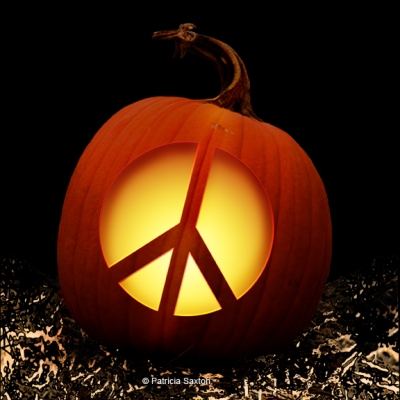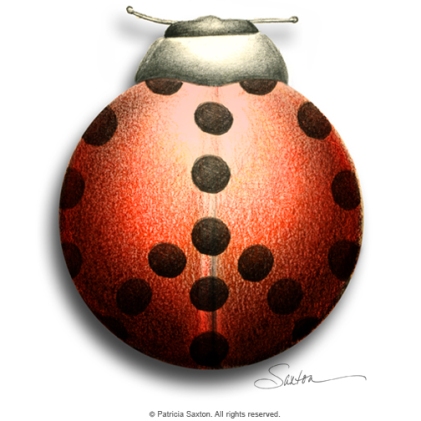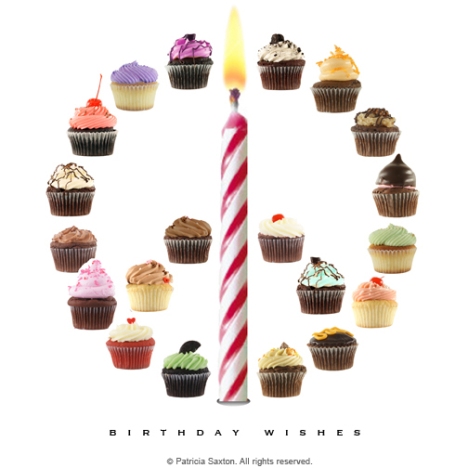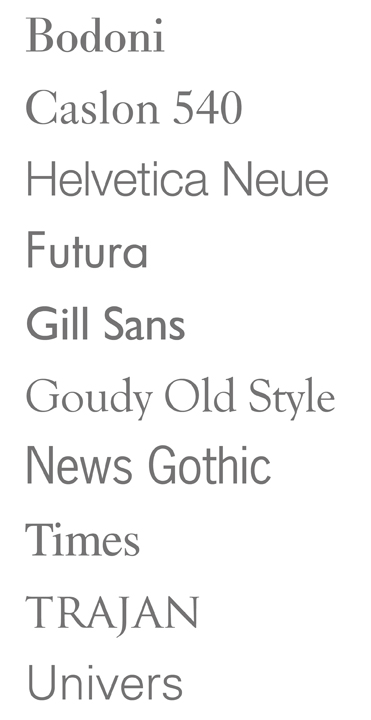A Few Words About The Self-Publishing Buzz
There’s lots of talk out there about the pros and cons of traditional vs. self-publishing. And as long as people are still reading actual books (as opposed reading everything digitally), a conversation on “how to publish” rages on.
It’s a hot topic, and valid for anyone interested in seeing their work in book form. Having published both ways, I’m often asked for my opinion – so thought I’d take the time to elaborate a bit.
Traditional publishing, in my opinion, still wins out in terms of quality, marketing and yes, credibility. For the majority of people, however, it’s very hard to find one. Partly due to the sheer volume of proposals they receive, the big houses won’t so much as blink at your work unless it comes from a respected agent. Finding an agent can be as hard as finding a publisher. And while all this doesn’t make it impossible, there’s no doubt it’s a challenge. Which is why so many people want to self-publish … and that is a viable path– just be aware that it’s not necessarily “an easy fix” or trouble-free.
Self-Publishing “Pros”:
Probably the biggest “plus” in the self-publishing world is its having opened up a whole new realm of possibility for thousands of people frustrated by the daunting task of finding a publisher. What seemed an insurmountable hurdle is now a skip and a jump away. Instead of wallpapering one’s bathroom with rejection letters, one can hold their very own book in their very own hands and feel an enormous sense of accomplishment.
Self-publishing has also provided an alternative to its older cousin, “vanity publishing”, where books are published entirely at the author’s expense.
That said, it’s important to note that with self-publishing (also called “On-Demand” publishing) the author still puts up their own money – the key difference being that the outlay is usually significantly higher with a vanity press. Vanity presses are also known to seduce would-be authors with wildly compelling, beautifully written, very thoughtful, very flattering commentary about the author’s work which may or may not be true, but can certainly be enticing.
Another positive that several people, myself included, have experienced, is that a self-published piece has the potential to bring your work to the attention of a traditional publisher who can then take the reigns and produce a higher quality product.
Here’s another: Self-publishing is perfect for non-fiction or business writing. A growing number of professionals seem to feel a pressing need to publish something. Having a book or two on their resume somehow makes them more credible. (Perhaps driven by the fact that because self-publishing makes publishing so accessible, “everybody’s doing it” – so that those who haven’t feel that they should.) Regardless, as these kinds of books aren’t necessarily geared towards heavy commercial sale, self-publishing is an excellent fit.
So, yes, self-publishing allows folks to publish their own book using their own brilliant ideas, their own words, their own illustrations, and their own gumption to either work or not work the marketplace.
Self-Publishing “Cons”:
Self-publishing allows folks to publish their own book using their own brilliant ideas, their own words, their own illustrations, and their own gumption to either work or not work the marketplace. Yep, this belongs in both the pro and the con column.
The same “plus” that opens doors of possibility, opens wide enough for all the good, the bad and the ugly. There isn’t a great deal of quality control in place, which means any Tom, Dick or Jane can publish a book that’s basically awful. Blood, sweat, tears and all, your own book might actually be awful, but without any checks and balances in place (unless you pay extra for that), you might not know it. Your mother will still love it. The ego can be very blind.
Of course, if you’re not concerned about what the public thinks, and you really just want to see your book in print, none of the above matters. That can be just as fulfilling, and that’s perfectly okay. Just as long as you know that’s what it’s about.
If you’re interested in selling your book, be prepared, at least in the current marketplace, for your book to be priced too high. Although self-publishing allows you to print very few at a time, making it relatively easy on your wallet, the price per copy goes up, up, up.
Your book will not find its way to a Barnes & Noble near you. Amazon, yes. Physical bookstores, no. Partly because the cost makes it prohibitive, partly because there’s a system in place. Amazon may be all you need or want. Just be aware.
There’s no real marketing machine behind you. You’re it. Some people find this motivating and learn to be great at tooting their own horn. Some hire marketing guru’s. People find all kinds of creative ways to take their book to market, and selling venues definitely aren’t limited to “a bookstore”. But it’s not a road made easy just by having a book in your hand, good bad OR ugly.
One caveat: whether self-published or traditionally published, some responsibility for marketing will fall on the author. There’s a great myth that being traditionally published alleviates the need for an author to be involved in promoting their book. Perhaps now more than ever, the author will play a major marketing role. Unless you’re Madonna.
Advice:
If you’re not a highly experienced writer and you think you want to go the self-publishing route, you should probably consider joining a writer’s group, where you can hear unbiased critiques of your work. Be willing to accept brutal honesty … although it’s fair to say that most people there will have compassion and therefore not be cruel – after all, they’re in the same boat. You might also find the camaraderie inspiring, as well as enjoy applauding others’ successes along the way.
If possible, hire an editor who’s smart as a whip and unafraid to tell you the truth. (hint: a family member is not the best choice.)
And whether you can hire an editor or not, be willing and prepared to edit like crazy and then do it again – and again – so that when you do go to press, you’re confident that it’s as close to the very best it can be. Once it’s in print, there’s no going back.









